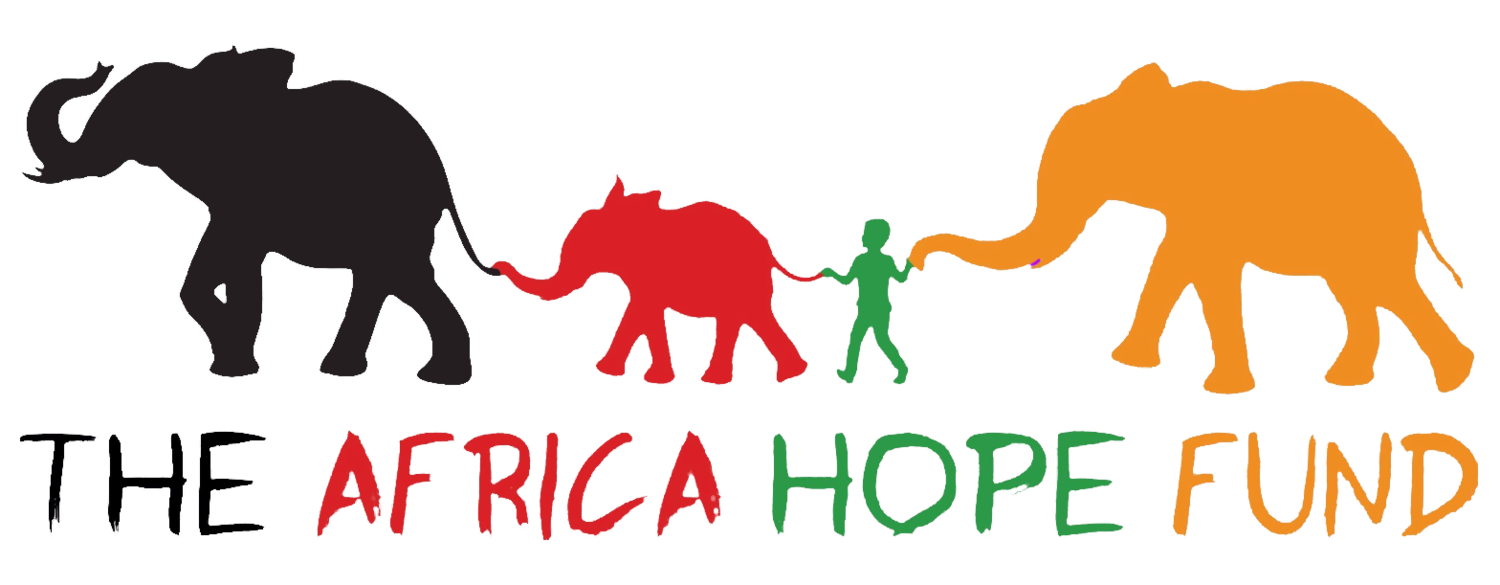Getting To Know The Zambian Bush
The Unfamiliar Zambian Bush
The night watchman woke us early each morning on the weeklong safari and led us to the dining area for a cup of tea and toast. After that, we piled into the Land Rover with our jackets zipped and blankets up to our necks. It was usually a bit of a drive by the time we got away from the bush camp to where we were likely to see the most game. We went from shivering to watching the sunrise. Getting up in time to see the sunrise is not something I voluntarily do, but the sightings made it worthwhile. The guides knew where to find the morning animals.
We drove along the well-traveled dirt roads that surrounded the open areas and popped out into the open with a view of acres and acres of lush, green open meadows with the South Luangwa River flowing just a few feet below us where the ground drops off along steep banks. When the view across the valley was clear, and there was less smoke from fires, we could see the Muchinga Mountains off to the west, at the far end of the escarpment, or the long, steep slope that makes up the South Luangwa Valley.
Our nine-passenger stadium-seating Land Rover with open sides and a canopy chugged up and down wet gullies, flinging mud as we bounced through deep muddy ruts. We dodged occasional branches whipping past our heads when we sat on the outer seats. Beyond the meadows, it’s easy to see where elephants have been. Many trees look like skeletons, dead and weathered and standing upright while others have fallen and are decomposing. This part of the countryside looks like a great fire has come through, before rebounding after a burn with grasses and bushes. The lush new growth springs up where former trees shaded the grasses out. I learned the trees died because elephants peeled their bark with their tusks and pushed some trees over. It’s as if a giant stomped through the valley leveling trees in some places. Eventually, the trees decompose, and as elephants pass through, they deposit their dung containing undigested seeds that repopulate the bush with new trees. It's a system that works. Elephants walk up to 30 miles in a day dropping seeds as they go. Without elephants to create vast grasslands by stripping the bark off so many trees, there would be no meadows for herbivores to graze, give birth, and hide their newborns until they are big enough to keep up with the herd. Each time we saw herds of herbivores, we saw more puku, antelope, and their babies than we could count.
Written by Patricia Cole
An Africa Hope Fund board member for 7 years, Pat is a writer and a conservation activist. After traveling to Zambia, she became dedicated to helping Africa Hope Fund provide education to the next generation of Africans and ensure their future by protecting wildlife. Find Patricia on Facebook and Twitter, or on her websites www.writepatwrite.com and www.patmcole.com
Enjoy reading this Elephant Blog post? Help support our future posts by becoming a Patreon supporter!

